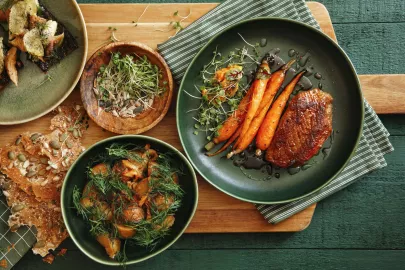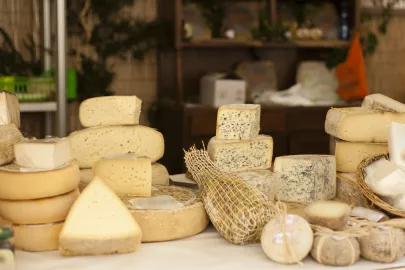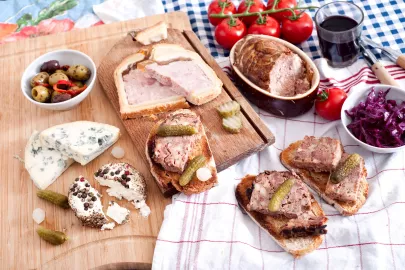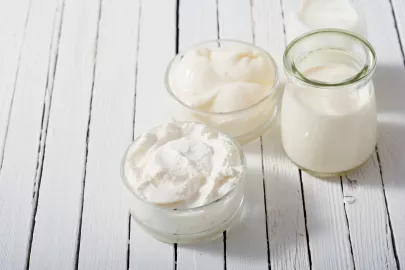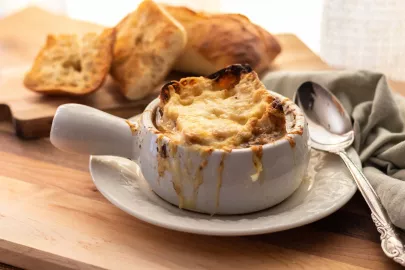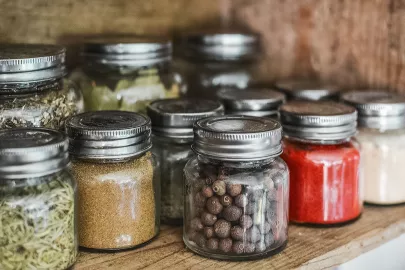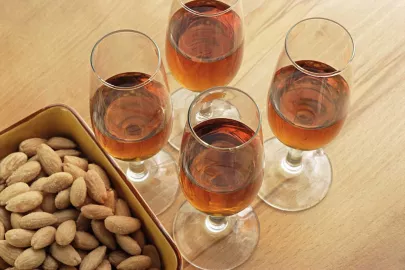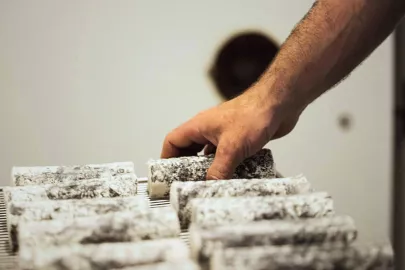Ever heard of or tasted PDO Solliès Bourjasotte noire figs? Top chef-quality fruit and veg wholesaler Natoora is always on the hunt for la crème de la crème, working closely with small growers to support sustainable agriculture. When it comes to figs, this variety from the South of France is their go-to.
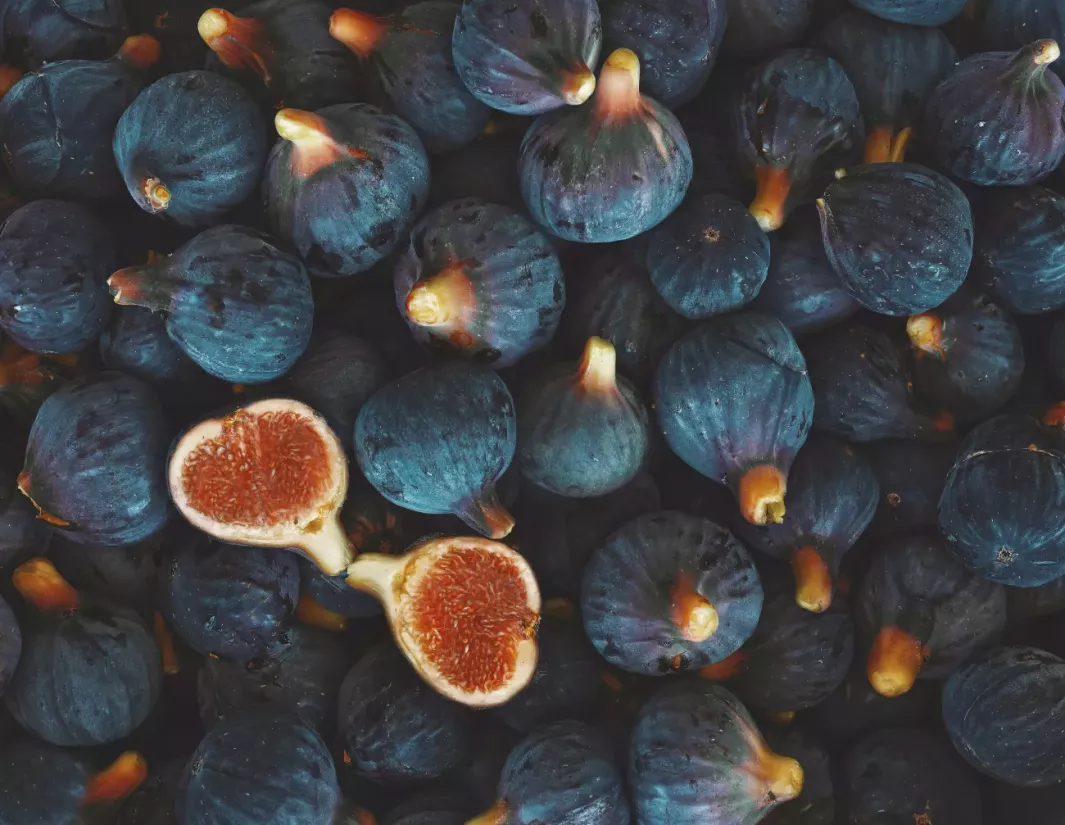
What you need to know
Bourjasotte noire is the variety grown under the Solliès PDO (Protected Designation of Origin), North-East of Toulon in the Provence region. It has been cultivated there since antiquity, and protected since 2006. Sandy loamy soils with good nutrition and minerality are one of the reasons they’ve been around for so long. With a purple, near-black (hence the name) thick skin and a gorgeous red flesh, this fig has a unique, very sweet and rich flavour thanks to the warm climate, which makes it a chef’s favourite.
71% of the French purple figs come from the Var, which accounts for 1,500-2,000 tons annually*.
Why it is the only variety listed
At Natoora, they like to concentrate on one key produce and champion it, just so people can learn and understand more about it. With more than one variety, they feel it can get a little bit confusing.
It’s also interesting to follow the evolution of its taste throughout the season: at the beginning in August the figs are not so sweet, and then they get riper and riper as we move into the season and the fruits have gotten more sun on the trees.
How they’re sourced
From August to October — the fruit short natural season — , Natoora only sources one fig variety. Their buyers usually go to the market and taste all the figs to single the best one out of them all. This particular Bourjasotte noire, cultivated by a cooperative of six farmers, was the lucky winner of the fig category. The whole process is chemical-free and done by hand (pruning, harvesting…). They’ve been doing it for over 60 years, so they definitely have some experience in traditional growing techniques!
To bring these figs to the UK, the wholesaler has adapted their supply chain to make sure the fruits arrive fully ripe. Allowing them to ripen on the tree before being shipped over here is a delicate process — something they are able to achieve thanks to their direct relationship with the growers, who can then pick the figs at exactly the right time. It ensures that they land here at their best possible stage.
How to serve them
Natoora’s chef Michael Kress (Skinny Little Fat Man) recommends tearing them. The actual tearing squishes the fruit slightly and releases more juice. People tend to cut them and they look beautiful, but there's something nice and rustic about torn figs.
In the summer, you can enjoy them fresh, without condiment. But when the weather starts getting colder, it's nice to get grilling! These are so sweet and rich, you do need that balance between sweet and salty. In his fig, blackberry and cobnut salad, hot grilled figs and cold lardo work really well together. The lardo just melted on the figs brings them that nice saltiness.
Fig, blackberry and cobnut salad
For an extra French twist, try out the stuffed croissant with goat’s cheese, figs, and Bayonne ham recipe!
How to store them
At room temperature! It best keeps that softness and sweetness, just like tomatoes. If you put them in the fridge, you lose a lot of the flavour. As they offer them ripe and there are absolutely no preservatives, they are fragile, best enjoyed straight away.
Where to find them?
Best news is, no need to be a chef to order from Natoora! There are plenty of options out there to stock up on their incredible produce: online via their app or Ocado, in their London stores or in select Whole Foods and Waitrose branches.
Contributor
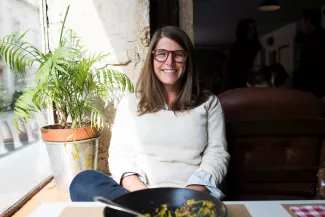
Editor



